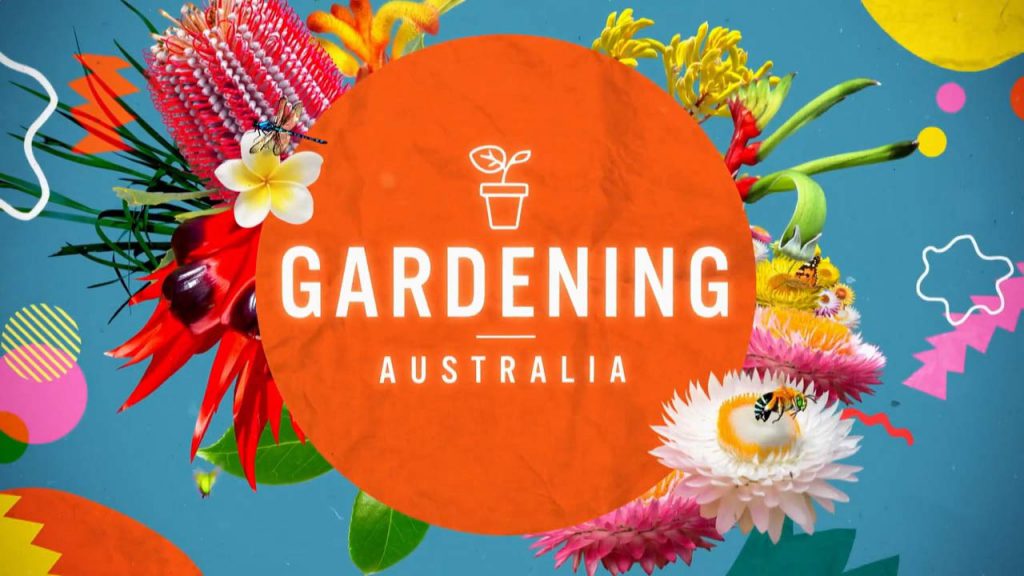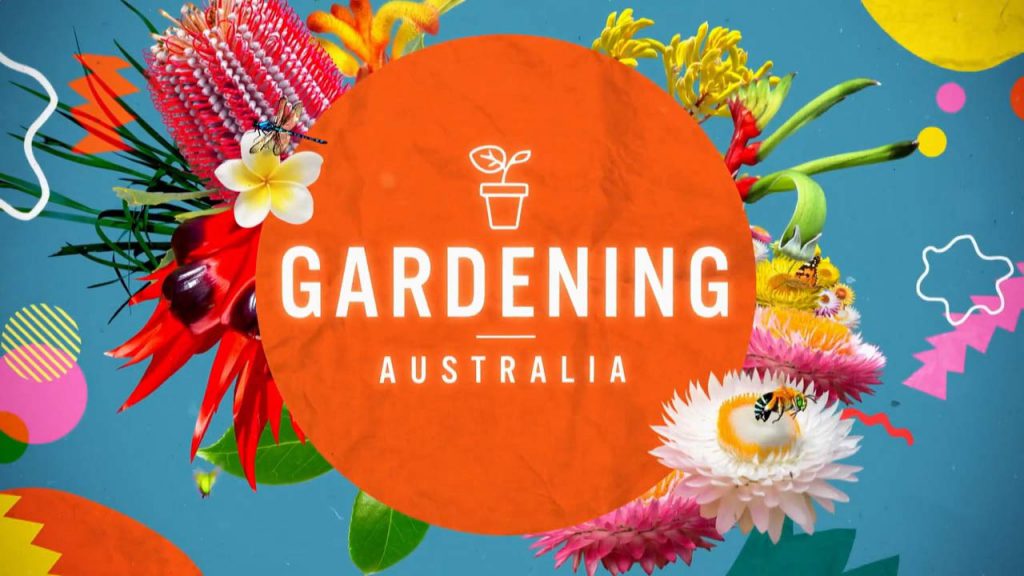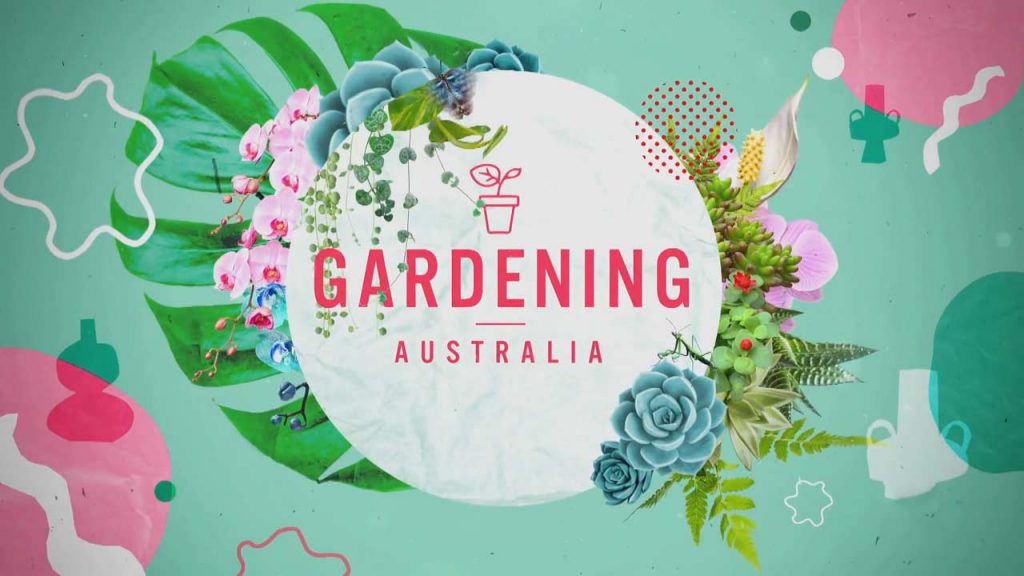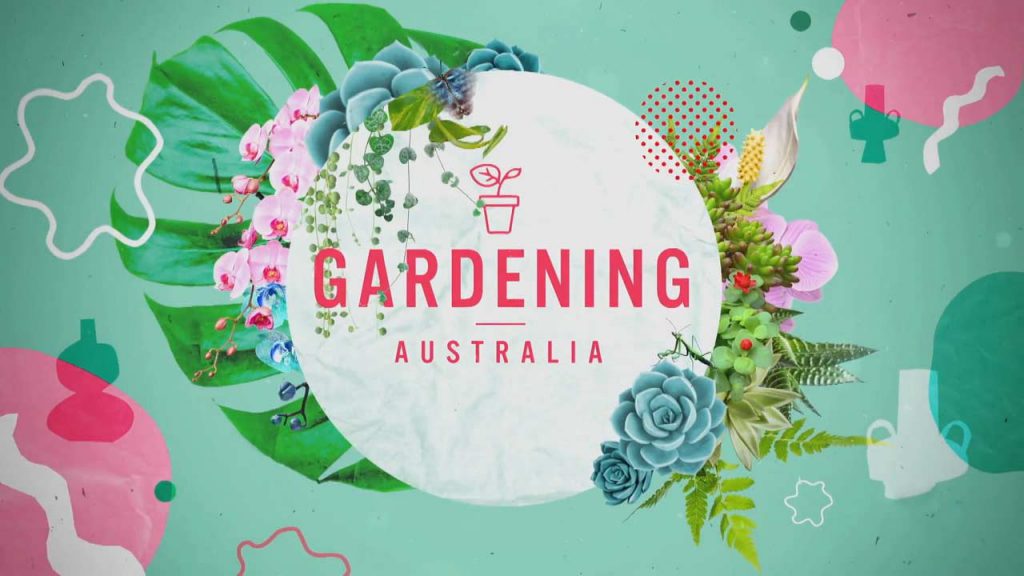Gardening Australia episode 5 2023: Jane plants unusual herbs; Clarence cares for grass trees; Josh visits a productive home garden; Jerry prunes a mango; Tammy talks indoor light; Costa tours Hannah’s home garden; we meet an internationally celebrated florist.
Gardening Australia is a popular Australian television program that focuses on gardening and gardening advice. It is broadcast on the Australian Broadcasting Corporation (ABC) and has been airing since 1990. The show is presented by a team of expert gardeners and horticulturalists, who provide tips and advice on a wide range of gardening topics, from choosing the right plants for your garden to dealing with pests and diseases. Each episode also features segments on different gardens and gardening projects around Australia, showcasing the diverse and beautiful gardens found in the country.
Australia is a diverse country with a wide range of climatic conditions, which can make gardening challenging in some areas. However, with the right knowledge and techniques, it is possible to create a beautiful garden in Australia. Overall, gardening in Australia can be rewarding and enjoyable, as long as you choose the right plants and use good gardening techniques. Inspiring, entertaining and full of practical advice, join Costa Georgiadis and the team as they unearth gardening ideas, meet avid gardeners and look at some of the most inspiring gardens from across the country.
Gardening Australia episode 5 2023
Time to Grow
No matter how big or small a space is, the one thing that all gardeners can benefit from is time. This property on one acre in the outskirts of Perth is a great example. It is the product of four decades of ideas, hard work, and patience. There is an orchard, a chicken run, a pond that brings in bird life from miles around. This part of Perth was once known for its market gardens, which is part of the history of the site. Mark and Deb Skroza have spent most of their married life working on this garden. Mark’s parents purchased the property in 1968 and ran a market garden until the late 90s.
When Mark and Deb moved in, one of the first things they planted were the grape vines in 1991. They grow Shiraz grapes used to make red wine and rose, and Italia for table grapes. These are flourishing in the typically sandy soils found in Perth, and only require irrigation during extreme heat.
Deb reflects on the beautiful microclimate that they have created in the garden. ‘It wasn’t always like this, it was pretty hot in the early days when it was a barren sand patch. It’s taken some years to get the trees and the bones of the garden in.’ They started out by planting a lot of lawn and 150 roses. However, as the trees grew and created a lot of shade, the roses stopped thriving. ‘We decided bit by bit as the garden evolved to take out most of the roses and put in more water features to create a microclimate of coolness and shade.’
The pond was a big project, Mark first dug out a 10,000-litre pond by hand. However, they realised it wasn’t big enough for the space, so they have expanded it to 50,000-litres. The pond water is directed around the nearby shed, where it is fed past a filtration system of plants, which remove excess nutrients and sediment from the water before it is fed back into the pond. ‘It’s a very natural system with no chemicals,’ Deb says.
Herbilicious – Gardening Australia episode 5 2023
Jane takes us through some of the more unusual herbs that you can grow in your garden and shows how to pot up some combinations for culinary success! Jane says, ‘Herbs are an essential part of any garden. They look and smell great and are incredibly useful. They add flavour and excitement to your cooking and can be included in everything from skin moisturisers and hand balms to a nice soothing cup of tea.’
Gardeners tend to be a bit conservative, going for classic herbs, like parsley, sage, oregano, and thyme. But there are so many more, unconventional herbs, that may be prevalent in other cultures and cuisines, that are worth exploring. Jane shows how to group them together to grow in pots, so you have them close at hand whenever you need them. A terracotta pot is great for sun-loving, hardy herbs. Jane has created a free-draining potting mix using 70% compost and 30% horticultural sand. These plants do not like humidity or dampness, so this potting mix is perfect.
‘When you are using any potting mix, it’s important to take care. Don’t get dust in your face when opening the bag and keep it moist to keep any air-borne particles down. Remember to wash your hands regularly during and after handling any potting mix and use it outdoors.’
Curry plant Helichrysum italicum makes the perfect centrepiece for this planting. It can be smelled from anywhere in the garden, with a strong aroma of delicious curry. Jane adds a French tarragon Artemisia dracunculus to this planting. It has an anise-like flavour, which goes well with poultry and fish, or in fresh grain salads. It goes dormant in winter but will jump back in spring. She also adds summer savory Satureja hortensis. This smells like oregano or marjoram, part of the same Lamiaceae family.
Grass Tree Class
Clarence gives us some tips on growing an ancient Aussie icon – Grass trees. The Australia Botanic Gardens Mount Annan on Dharawal Country and is home to a few different species of grass trees. The mighty Kingia is a genus consisting of just one species; Kingia australis, easily recognizable by its unique drumstick flowers. The more widespread genus with around 30 species is the Xanthorrhoea.
Grass Trees hold a special place in the hearts of many Australians, it even features on the two-dollar coin. They’re stunning garden features and super resilient in the wild, bouncing back from bushfires. They can also be heartbreakers, seeming to drop dead out of nowhere – but it can take two years for a grass tree to die, so spot the signs early so you can intervene.
Grass trees grow right across the continent, from dry to tropical, so choosing a species local to your area will bring the best results. It’s illegal to wild-harvest grass trees from the bush, but regardless of the illegality, these plants are notoriously fickle to transplant shock. This is due in part to their sensitive root systems and the mycorrhizal fungi networks that intertwine with the root systems to help this plant survive.
Most xanthorrhoea prefer sunny positions and good drainage, they respond poorly to wet feet. The Mt Annan Botanic Gardens have designed raised garden beds for drainage and a series of water traps to redirect runoff water away from the roots. They can be successfully grown in a pot using a native potting soil with a high proportion of sand to boost the drainage.
Home Grown Hilltop
Hannah takes Costa around her home garden, explaining how she grows on such a steep slope and how things have developed since his last visit. We’ve watched Hannah’s garden develop since joining the Gardening Australia team in 2019 and teach us all her handy tricks and tips along the way! Costa has come for a visit to see just how much has changed in the last few years and how 10 years of work is coming into fruition.
Hannah and her partner Anton moved here in 2013 starting with a much smaller property. A few years later they purchased a neighbouring block that provided a driveway for much better access and a whole lot more space for plants. Now large structural trees are well established and there’s a huge mix of edible fruit and nut trees with an understorey of native and herbaceous plants that are consistently producing. It’s modelled on the idea of a food forest, mimicking the layers of a natural ecosystem where each plant fills a niche.
“It feels like it’s finally starting to turn the corner, it’s been a lot of years of a lot of hard work, and now things are starting to get their roots down.”




